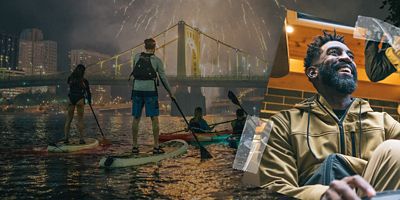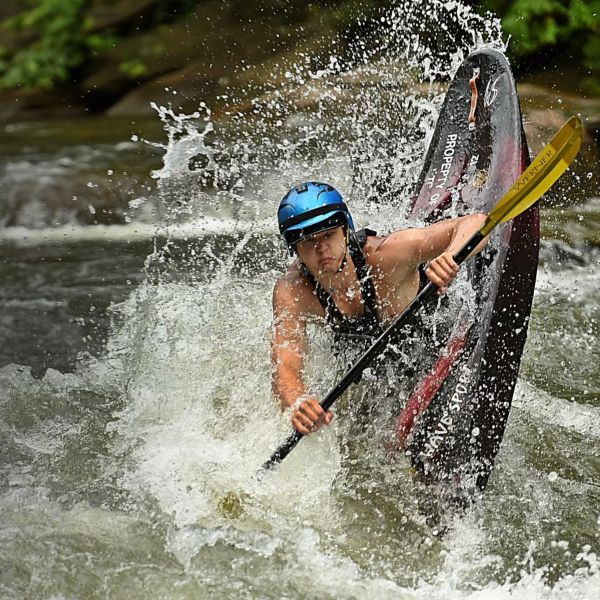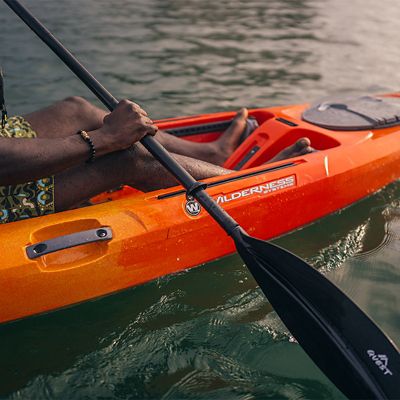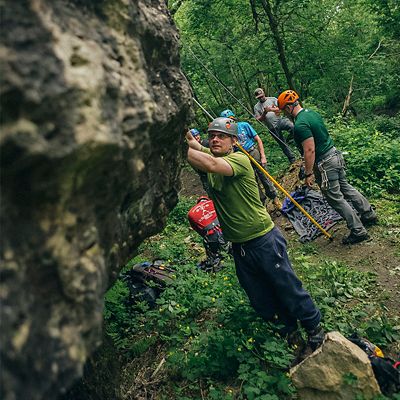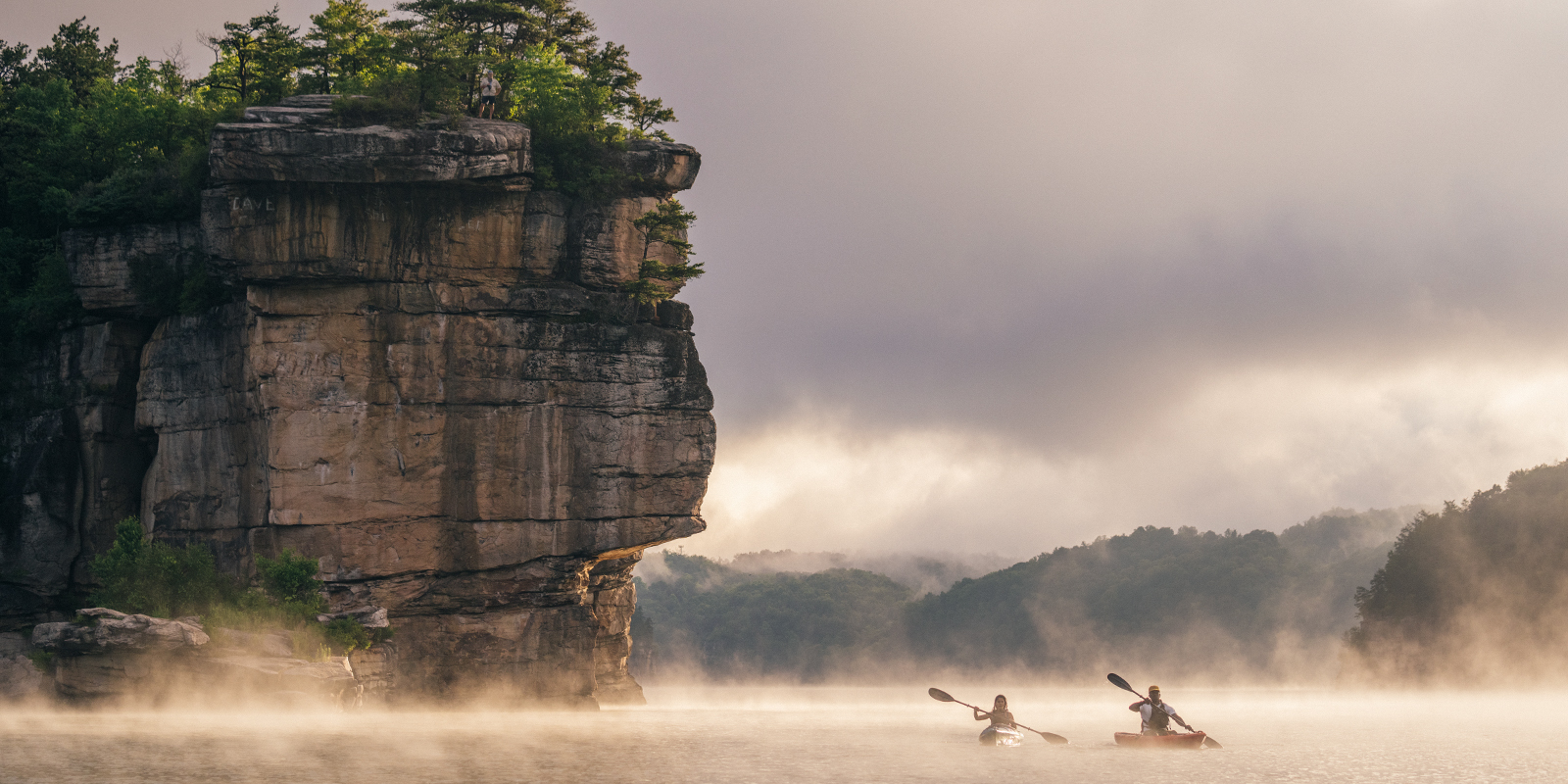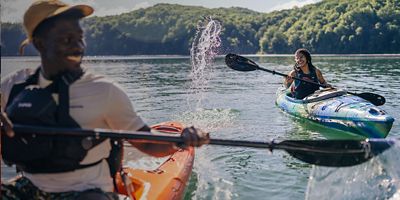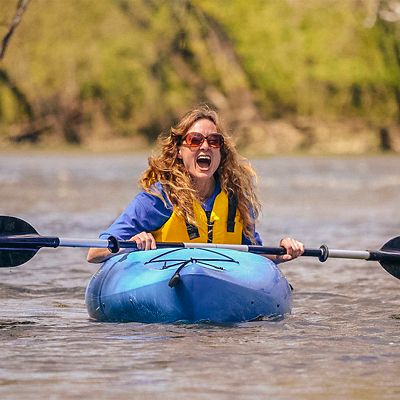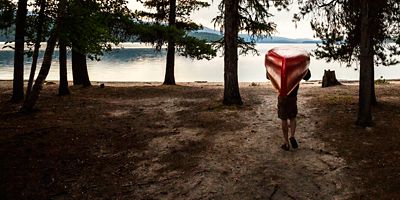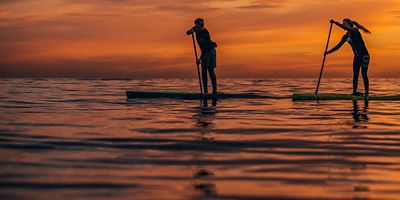
Recreational paddlers don’t usually need the cumbersome wetsuits, dry tops, and dry suits that those tackling rougher water and colder conditions require. If you’ll be paddling close to shore and in climates with relatively warm waters, all you need is splash wear—including paddling tops and pants—to protect yourself from splashes and spray, as well as any inclement weather. Splash wear is designed to keep you dry without stifling you or inhibiting your movements. Cover yourself with the main and most versatile kinds of paddling outerwear needed to stay comfortable on the water.
Paddling Tops
These are water-resistant jackets for those who don't need the robust protection of a dry top, which is designed for full submersion. While they won’t keep you dry if you swim, paddling tops will ward off splashes and rain. Plus, when layered over an insulating midlayer, they’ll keep you warm and dry in most conditions when you’re not expecting to be in the water, or constantly soaked (i.e., they’re great for lake paddling and easy canoeing, ocean touring outside of surf zones, and river-running in mild whitewater).
Paddling tops feature a loose design built for comfort while applying paddle strokes, and they usually include an adjustable neoprene collar, cuffs, and waistband to keep water out. They’re made with two- and three-ply fabrics—most often a slightly lighter-weight material than the heavier duty fabrics in semi-dry tops—that are water-resistant but breathable, so you don’t overheat when paddling. Also, most come with a chest pocket or other pocket configurations—often with die-cut drain holes—to store accessories. Highly packable, you can stow them when not in use.
Beyond that, there are a few other features that can better suit a paddling top to your needs and preferences.
- Reflective Tape: Reflective material on the shoulders or arms will make you more visible in low-light conditions.
- Hoods: Some paddling tops come with hoods, which add protection from the rain and sun.
- Short Sleeves vs. Long Sleeves: You can find paddling tops with both sleeve lengths. While long sleeves offer a bit more protection from the elements and keep you warmer when combined with full-sleeve layering underneath, it really comes down to personal preference; short sleeves offer better mobility, breathability and heat regulation.
- Front Zipper: Instead of full front zips like you’d find on a regular rain jacket, most paddling jackets have a quarter-length front zip or V-neck Velcro opening for better water resistance. Unfasten it for egress and to increase breathability when needed.
- Pockets: Instead of hand pockets, most paddling jackets have either a chest or front pocket for accessories such as sunscreen and snacks.



